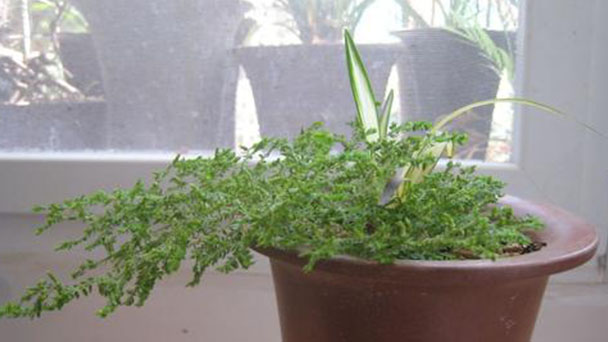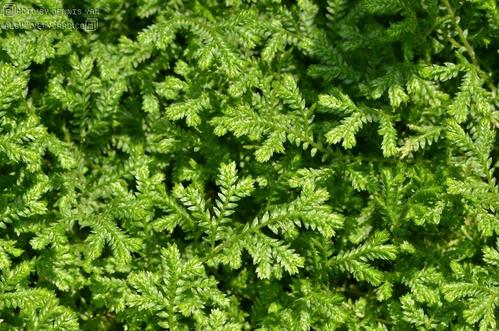How to propagate Reineckea
Written by Maggie
Jan 23 2021

Reineckea is origin in Mexico. After being introduced into China, it has been widely planted, in Jiangsu, Zhejiang, Sichuan, Guangxi and many other provinces. It is found on dank hillsides, valleys, and dense jungles, with altitudes ranging from 170 to 3,200 meters. We're going to talk about how it propagates. Because it's mostly propagated by dividing plants, so we're going to talk about its division propagation method in detail.

Reineckea division propagation time selection
Normally, reineckea division propagation is carried out in March, right before it sprouts.
The choice of matrix for Reineckea propagation
We can choose leaf rot soil, garden soil and sand mixed in a piece of configuration, the proportion of control in two to one.
The choice of materials for Reineckea propagation
The criteria for selection are well understood: those that are robust and uninfested are suitable for use as mother plants for propagation.
The specific process of Reineckea division propagation
First, remove the mother plant for propagation from the pot and shake off any excess soil. Look at the distribution of its roots, from the gap with a sharp knife as far as possible evenly divided into several parts, each mother should not be divided too much, generally two to three strains. Note that each part should have the same branches, leaves and roots. Then, they are pruned separately, the rotten roots, the rotten leaves are cut off. After the pruning is done, we sterilize them with sulfur powder and other substances, so that the survival rate is better. And then we transplant them separately into the matrix.
The post-management of Reineckea division propagation
This step is also important for the survival of the Reineckea division propagation. The first is the problem of illumination, because this plant has a strict need for sunlight, too strong will cause the leaves of the plant to turn yellow, and the growth speed will be slow in too cloudy, so the semi-cloudy place is relatively suitable for it. Also, too dry air can dry out the tips of the leaves, so be sure to keep the soil moist and spray some water into the air if necessary. Also, when the new leaves come out, you can fertilize them once a month.

Latest Updated
- Benefits of Bugleweed - 7 Science-backed Health Benefits
- Bugleweed Dangers & Side Effects - Is It Poisonous?
- How to Plant Evergreen Trees - What You Should Know
- When to Plant Evergreens - Grow Guide for Evergreen Trees
- 12 Wonderful Evergreen Shrubs for Your Garden
- 12 Popular Evergreen Plants with Pictures for Beginners
- When And How To Prune A Lilac Bush Like a Pro
- How to Grow & Care for Lilac Vine (Hardenbergia Violacea)
- Japanese Lilac Tree (Syringa Reticulata) Care & Propagation Guide
- Shumard Oak Pros and Cons - What to Know
Popular Articles
- Winter maintenance of Antirrhinum Majus
- How to Grow Terminalia Mantaly Tree
- How to Grow and Care for Crossostephium Chinense
- How to grow Antirrhinum Majus in spring
- Peristeria Elata (Dove Orchid) Profile: Info & Care Guide
- Underwatered Snake Plant (Sansevieria Trifasciata) - Signs And How To Fix
- How to Care for Brazilian Jasmine Plant (Mandevilla Sanderi)
- How to Grow & Care for Graptopetalum Purple Delight in Summer
- Rosa Chinensis (China Rose): Plant Growing & Care Tips
- How to Care for Baby Sun Rose (Aptenia Cordifolia)